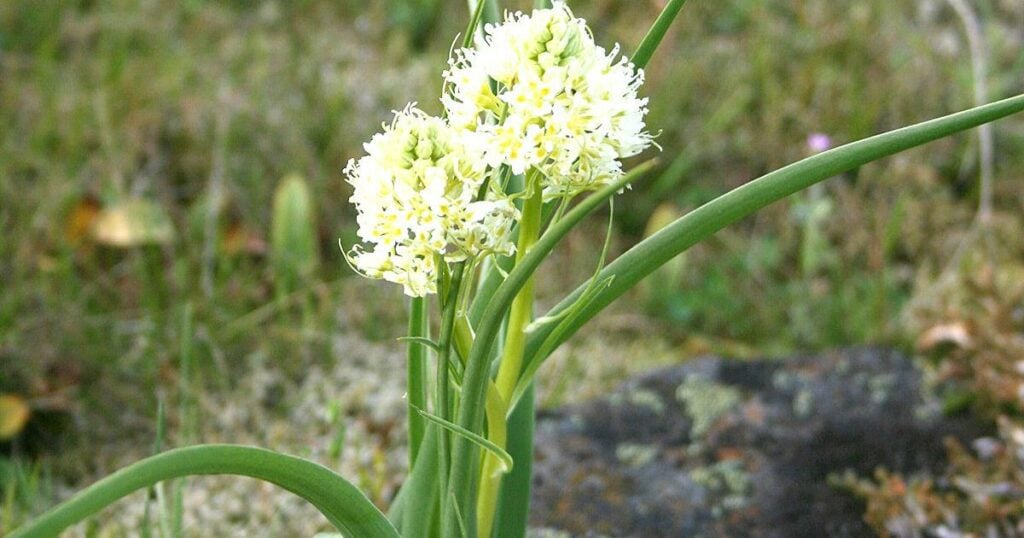By definition, any plant that, when touched or ingested in any quantity, would cause harm or may be fatal to an individual or organism can be deemed toxic. While there are several plan species that are poisonous and may cause an adverse effect on humans and other life forms, did you ever wonder what is the most toxic plant in the world?
Toxicoscordion venenosum, also known as the Death Camas plant, is so toxic that there is only one known pollinator. A specialist mining bee often visits the plant, which can tolerate its toxins while others are fatally poisoned it.
More About the Death Camas Plant
Toxicoscordion venenosum, also known as death camas and meadow death camas, is a species of flowering plant in the Melanthiaceae family, Toxicoscordion. These plants are native to western North America.
It can reach a height of 70 cm and has long basal, grass-like leaves. The bulbs are oval and resemble onions but do not smell like edible onions from the genus Allium.
The flowers of this plant are cream or white in color and grow in pointed clusters between April and July. The flower clusters are racemes, each cluster branches once along the main stalk, unlike its close relative, the Toxicoscordion paniculatum, which has panicles or double-branched flower stalks. There are three sepals and three petals on each flower. (Source: World Cat)
How Toxic is the Death Camas Plant?
The Toxicoscordion venenosum is considered North America’s most poisonous plant. Zygacine, its main toxin, is identical to the toxin found in green-skinned potatoes. All part of this particular plant is dangerous, and any contact should be avoided at all costs. Honeybees and other pollinators have been poisoned by the nectar and pollen of the Death Camas Plant.
Human poisonings frequently occur when people mistake the bulbs for wild onions or other edible bulbs when the plants are no longer in flower. These shoots usually appear before another forage is available. It has been recorded as causing more death in sheep in its range than any other plant species. Toxicoscordion venenosum was frequently weeded out of Camassia quamash beds to decrease risk when harvesting the edible common versions of the plant.
People have reported using meadow death-camas to make a poultice of mashed bulbs to make poison-tipped arrows for hunting or a similar application for external use on bruises, boils, sprains, and rheumatism. (Source: The University of British Columbia)
What Organism Can Pollinate the Death Camas Plant?
Most pollinators avoid death camas for good reason. The deadly chemicals produced by the Death Camas plants have been found in both nectar and pollen.
Adult pollinators ingesting nectar or pollen and any larvae fed death camas pollen would consume the plant poison. The intake of death camas poisons by generalist pollinators like honey bees and blue orchard bees, according to research, results in considerable bee mortality.
One native bee, though, has a specific association with death camas. One rare pollinator that visits death camas species is the mining bee Andrena astragali. Its name appears to be a misnomer.
The name astragali‘ implies that this bee is closely related to the Astragalus species. This particular bee species focuses on the Death Camas species and avoids most other plant species.
A toxic plant and a local bee form an extraordinary mutualism. Another name for this bee is Death Camas Andrena, which is unsurprising. (Source: BC Native Bees)
